Chasing Aphrodite (26 page)
Authors: Jason Felch

Getty's first antiquities curator, Jiri Frel, sitting next to his prized acquisition, the Getty Bronze. J. Paul Getty never bought the statue, concerned that it had been smuggled out of Italy. Frel pursued the acquisition after Getty's death, and later embarked on a tax fraud scheme that brought thousands more illicit antiquities into the museum's collection.
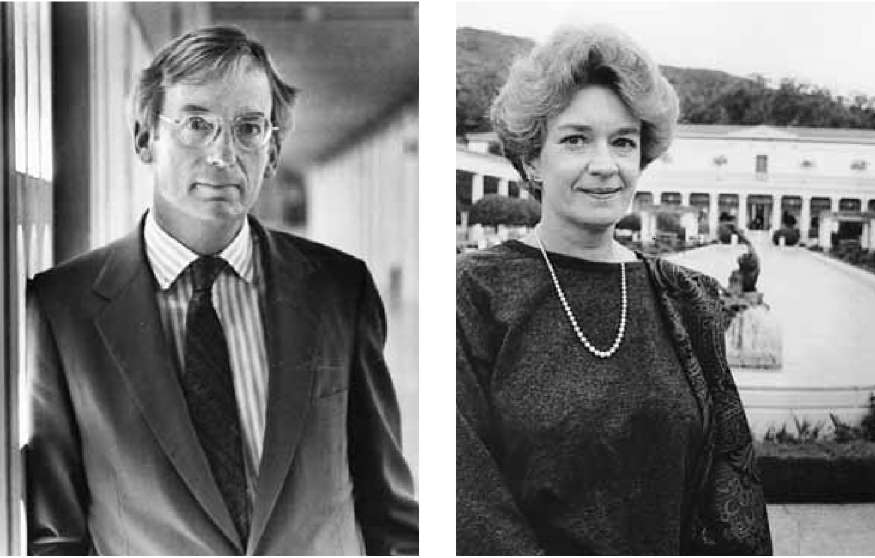
LEFT:
John Walsh, former Getty Museum director, wrote a 1987 policy that allowed the Getty to appear prudent while continuing to acquire looted antiquities. Soon after, the Getty bought the Aphrodite for $18 million.
RIGHT:
Marion True became antiquities curator in 1986 after her predecessor resigned, warning that the museum would someday become a victim of its own "curatorial avarice."
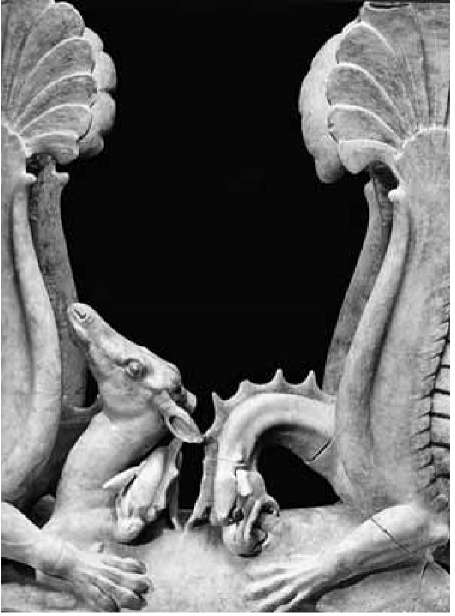
RIGHT:
The Getty's statue of griffins attacking a fallen doe. It was purchased from diamond magnate Maurice Tempelsman in 1985, along with a statue of Apollo and a lekanis, or ceremonial basin, for $10.2 million.
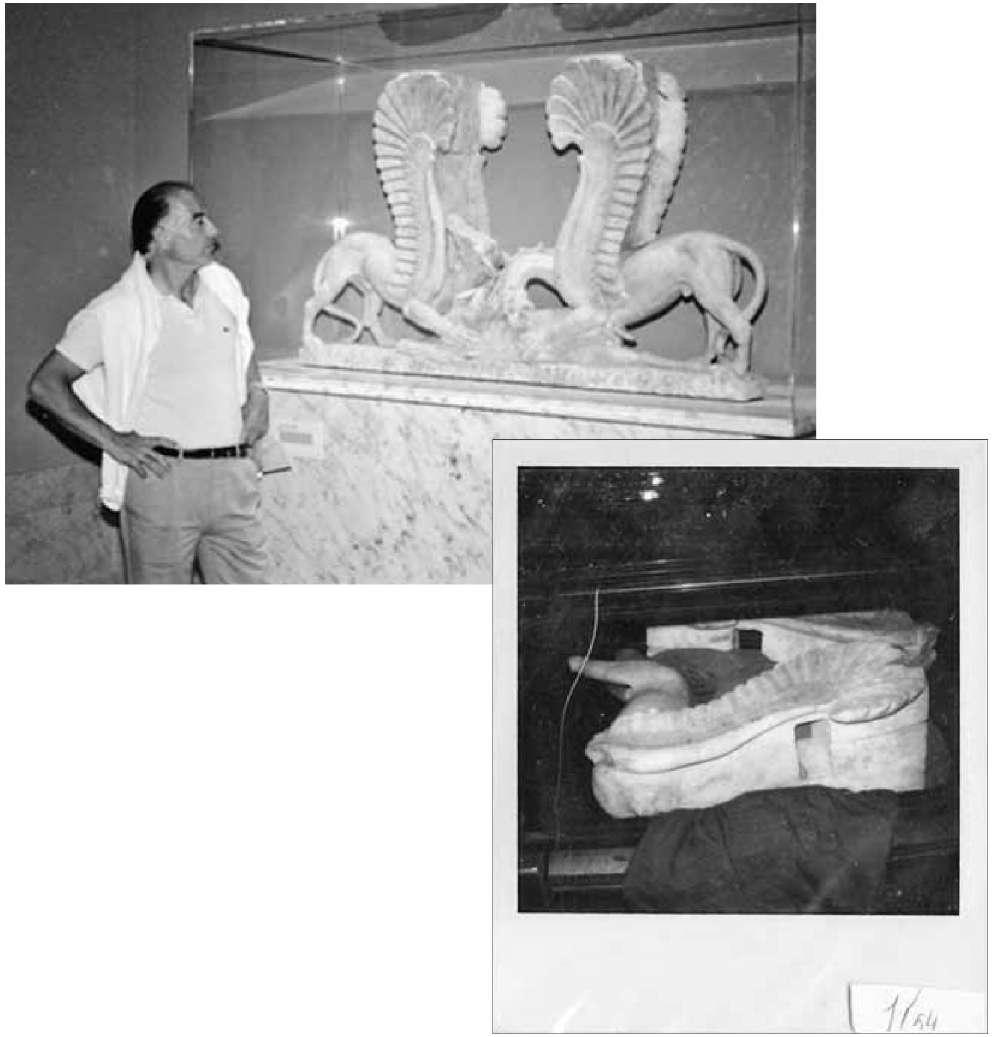
BELOW:
Italian antiquities dealer Giacamo Medici in front of the griffins on a visit to the Getty Museum in the late 1980s. The museum continued to make payments on the griffins, Apollo, and lekanis after Medici told Getty officials he had bought the pieces from Italian looters. It was returned to Italy in 2007, after Medici was convicted for trafficking in looted antiquities.
A seized Polaroid showing the Getty's marble griffins resting on Italian newspapers and in a car trunk, soon after being illegally excavated.
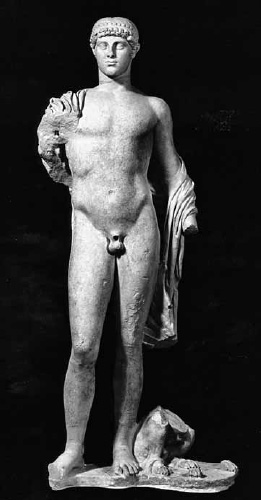
The Getty's statue of Apollo, purchased with the griffins in 1985.
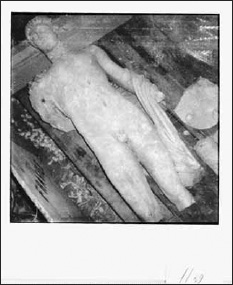
A Polaroid seized from Giacomo Medici's warehouse showing the Apolloâon a pallet and in piecesâshortly after it was illegally excavated from southern Italy. The statue was returned in 2007.
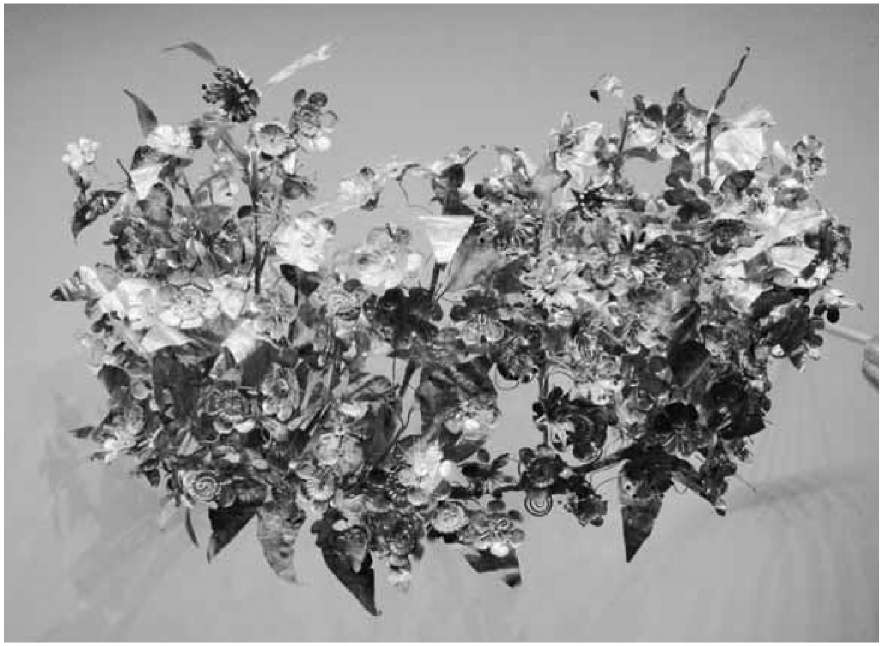
The Getty bought the golden funerary wreath for $1.15 million in 1993. Months earlier, Marion True was shown the wreath in a Swiss bank vault by a man she later concluded was an impostor. She was shaken by the experience and concluded the wreath was "too dangerous" for the Getty to purchase. A few months later, she changed her mind.

Barbara and Lawrence Fleischman, here in their Manhattan apartment, were close friends of Marion True. In 1996 the Getty acquired their antiquities collection, valued at $60 million. Days later, the Fleischmans gave the curator a personal loan to refinance her Greek vacation home. Both transactions came back to haunt True, leading to her 2005 indictment in Italy and her firing by the Getty.
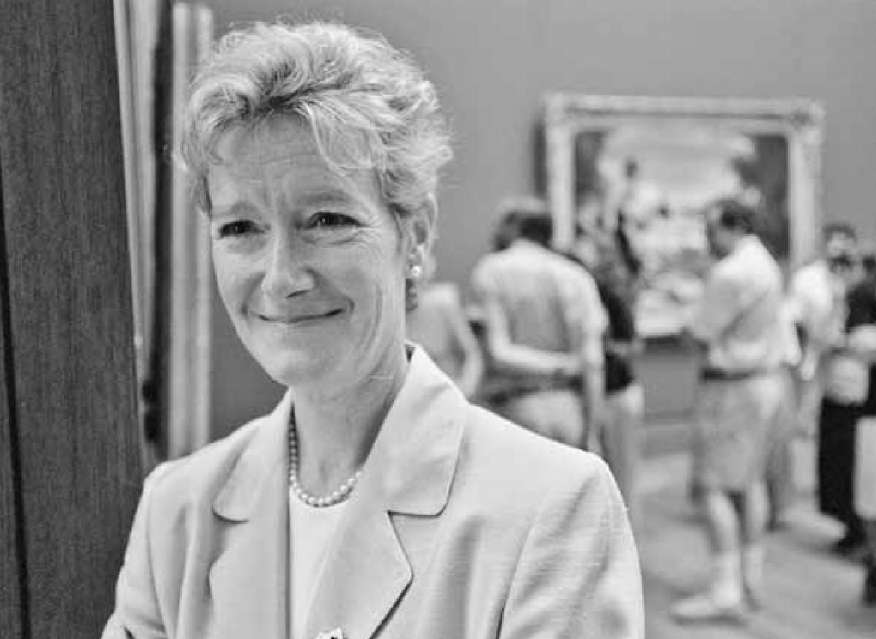
Deborah Gribbon, who succeeded John Walsh as Getty Museum director in 2000. Her determination to continue buying suspect antiquities angered the Italians. She resigned suddenly in 2004 after clashing with Getty Trust president Barry Munitz.
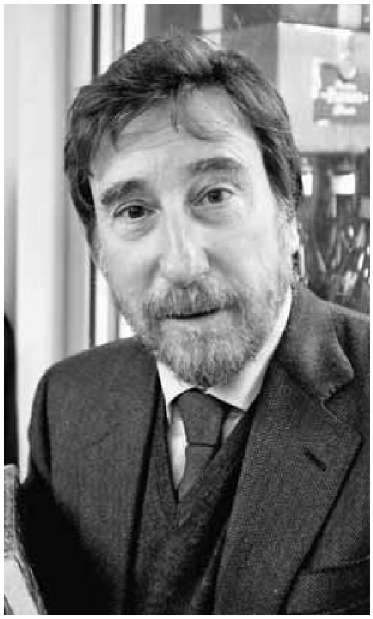
Italian prosecutor Paolo Ferri. His investigation of Italian antiquities trafficker Giacamo Medici uncovered a trove of Polaroids showing thousands of objects soon after they had been looted from Italian tombs and ruins. Ferri's investigators traced the objects to dozens of museums across Europe and the United States. The investigation led to the 2005 indictment of Getty antiquities curator Marion True in an Italian court.
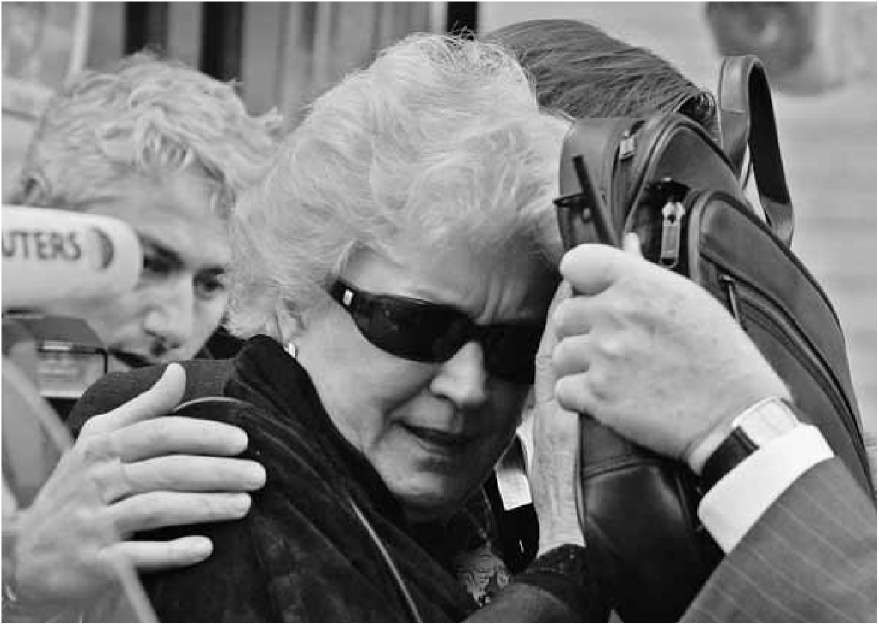
Former Getty antiquities curator Marion True pushes through a crowd of paparazzi outside a 2005 hearing in Rome, where she faced charges of conspiring to traffic in looted art. The case led to the return of hundreds of illicit antiquities to Italy and Greece from museums, dealers, and private collectors.
"AFTER SUCH KNOWLEDGE, WHAT FORGIVENESS?"
15. TROUBLESOME DOCUMENTS
O
N OCTOBER
17, 2000, an outside lawyer for the Getty received an alarming inquiry from an acquaintance at the U.S. attorney's office in Los Angeles. Would he be representing the Getty in the Italian criminal investigation into looted antiquities?
What investigation? asked Richard Martin, a partner in the Manhattan firm Heller Ehrman. His source explained that Paolo Ferri, a magistrate in Rome, was asking the U.S. attorney's office to subpoena all Getty documents related to eleven antiquities the museum had bought while Marion True was curator. Ferri was looking for proof to support the seizure and return of the items, which he claimed were looted. He also wanted to interview True.